Credit card interest is the amount that's charged if you don't pay your credit card statement at the end of your billing cycle. Interest can add up very quickly, and the amount you pay depends on your interest rate, making it very important that you understand your card’s terms.
There are low-interest credit cards available that can make a big difference and help keep your costs down, but low doesn't mean zero. You'll still need to work hard to make timely payments and keep an eye on your balance.
Check out our credit card interest calculator to see how much you could save in interest by adjusting your payments.
Credit Card Interest Calculator
Never miss an amazing deal again + get our bonus 250+ page eBook for FREE. Join 50,000 other Canadians who receive our weekly newsletter – learn more.
How to calculate credit card interest
If you want to know how much interest you pay per day and per billing cycle, here’s what to do:
1. Find your daily APR
Take your annual percentage rate (APR) and divide it by 365 days (or 366 in a leap year). For example, an interest rate of 19.99% will end up being 0.05% per day on your balance.
2. Find your average daily balance
Add up your total balance for each day in your statement and divide it by the number of days in the statement. We'll use an example where your statement needs to be paid every 30 days and you carry an average daily balance of $10,000.
3. Calculate interest per day
Multiply your average daily balance by your daily interest rate. In our example, you'll get $5.48, which represents how much you'll have to pay in interest each day.
4. Multiply to get interest for the billing cycle
Lastly, multiply this by the number of days in your billing period (30 days). In our example, the final number is $164.30 per billing cycle.
Remember that your interest is added to your statement balance, so if you spend nothing but also make no payment, next month’s interest will be even higher.
How does credit card interest work?
When you have a balance on your credit card, you'll typically be charged interest on it. You'll end up with a balance carried forward if you don't pay off your balance in full before the end of your statement period.
Interest is represented as an APR (annual percentage rate). For most credit cards, these will be fixed (usually around 20% for standard credit cards in Canada). Other cards will have interest rates tied to the prime rate with a small percentage tacked on top.
Interest is charged on the unpaid balance at the end of a statement period, and you will need to pay it off before cancelling your credit card.
Learn more: Your credit card minimum payment – and why you should pay more
Best low interest credit cards
If you tend to carry a balance on your credit card, you can save money with a low interest card. Here’s a summary of the best low interest credit cards in Canada.
| Low interest credit card | Current welcome offer | Interest rates | Annual fee | Apply now |
|---|---|---|---|---|
| MBNA True Line® Mastercard® |  $50 GeniusCash + 0% interest on balance transfers for 12 months (terms) $50 GeniusCash + 0% interest on balance transfers for 12 months (terms) | * 12.99% on purchases and balance transfers * 24.99% on cash advances | $0 | Apply now |
| Scotiabank American Express® Platinum Card | Up to 60,000 80,000 bonus points (terms) | * 9.99% on purchases, cash advances, and balance transfers | $399 | Apply now |
| BMO Preferred Rate Mastercard®* | 0.99% interest on balance transfers for 9 months (terms) | * 13.99% on purchases * 15.99% on cash advances and balance transfers | $29 | Apply now |
| Scotiabank Value Visa Card | 0.99% interest on balance transfers for 9 months (terms) | * 13.99% on purchases, cash advances, and balance transfers | $29 | Apply now |
| Desjardins Odyssey Visa Infinite Privilege | * 11.9% on purchases and balance transfers * 12.9% on cash advances | $395 | Apply now |
Best low interest credit cards compared
The best low interest credit card in terms of permanent interest rates is the Scotiabank American Express Platinum Card. Though it's best overall, you'll have to note that it has a high annual fee of $399 – and if you’re trying to reduce your costs, this may not make sense. If you're saving less than that in terms of purchase interest, it's not worth it at all.
If you have an existing balance, the best option is the MBNA True Line Mastercard – which is the best balance transfer credit card in Canada.
Tips to save on credit card interest
With high interest rates making it difficult to pay off your balance, here are some tips that can help save you money.
- Pay off your balance in full and on time. Credit card issuers must give a minimum grace period of 21 days to pay off your balance. If you check your statement due date and pay it all before then, you won’t owe anything in interest.
- Always pay more than the minimum payment. The minimum payment is usually $10 or a percentage of your balance – but paying the minimum won’t do much to pay off your balance over the long term. The more you pay each time, the less likely your balance will snowball into an avalanche of debt.
- Beware promotional balance transfer rates. If you're using a balance transfer promo, try to pay off your full balance during your promotional period. When that low intro rate is over, balance transfer interest rates often jump higher than the typical 20% you were paying in the first place – putting you in an even worse position.
- Reach out to a financial planner for help. If you find yourself really struggling, reach out to a professional sooner rather than later. Financial counsellors are a great resource to help you get back on track before it's too late.
Did you find our credit card interest calculator useful?
Credit card interest can add up more quickly than many of us realize and make it hard to keep on top of our payments. Knowing what you’re paying in interest can help you make informed decisions to better your financial future.
Have you used a credit card calculator before? Was it helpful? Are there any other tools that can help you get the most out of your credit card?
We value our readers' feedback so feel free to leave us a note in the comments section below.
FAQ
How do I calculate interest on my credit card?
Start by finding your APR and determining your daily interest rate. Then, find your average daily balance and multiply by the daily interest rate. Lastly, multiply the amount of daily interest by the number of days in the billing cycle.
What does 24% interest on a credit card mean?
This is the rate at which your credit card balance is charged interest, equal to 0.07% per day. Using the interest calculation formula, a $10,000 daily balance at 24% interest results in $197.26 per month.
What is the minimum payment on a $3,000 credit card?
It depends on your card issuer, but you’ll typically pay a flat fee or a percentage of your balance, around 3%. Therefore, a $3,000 balance may require a minimum payment of $60 or $90, depending on how it’s charged.
How do I find out how much interest I am paying on my credit card?
Study your card’s terms and conditions or look online for the interest rate. Specifically, look for the purchase interest rate to see how much you pay for buying things, as well as the cash advance and balance transfer fees.
How is interest charged on a credit card?
Your credit card issuer looks at your credit card balance and multiplies the amount by your annual percentage rate. Each day, you’re charged interest, which is why your credit card balance grows even if you stop charging to it.
creditcardGenius is the only tool that compares 126+ features of 231 Canadian credit cards using math-based ratings and rankings that respond to your needs, instantly. Take our quiz and see which of Canada's 231 cards is for you.



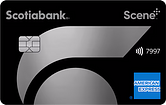

 ×2 Award winner
×2 Award winner 
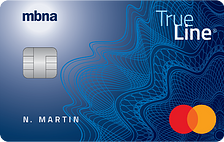
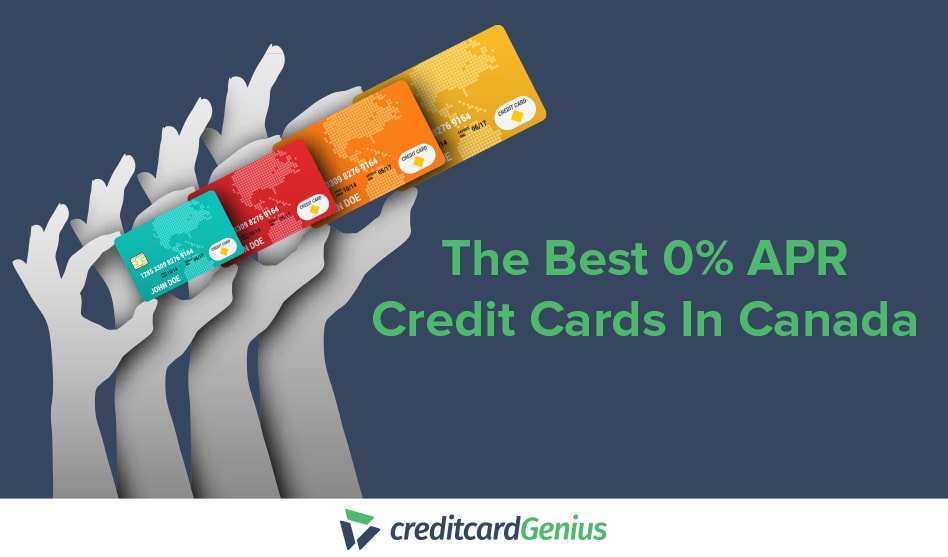
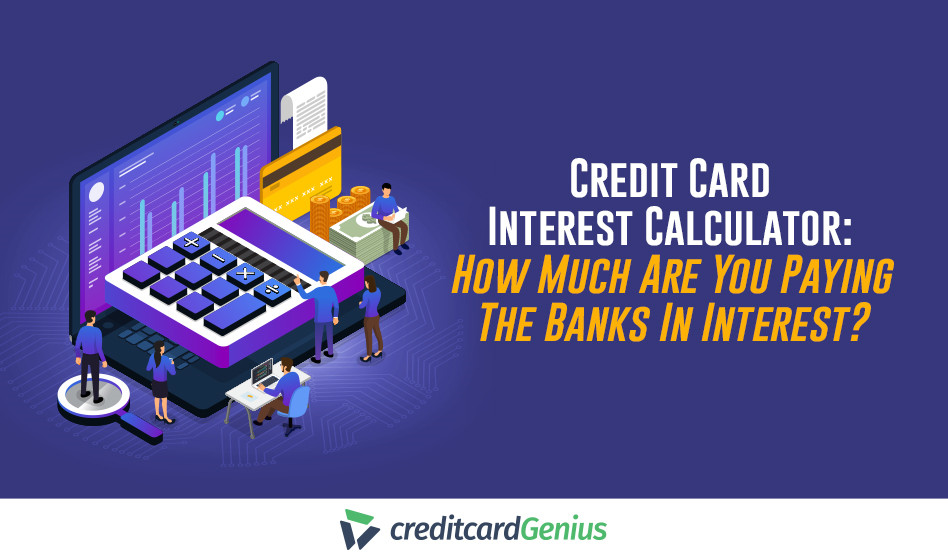




 GC:
GC: 
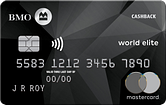


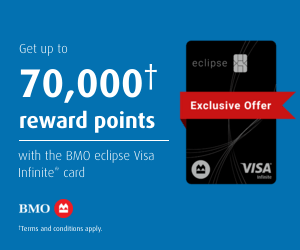






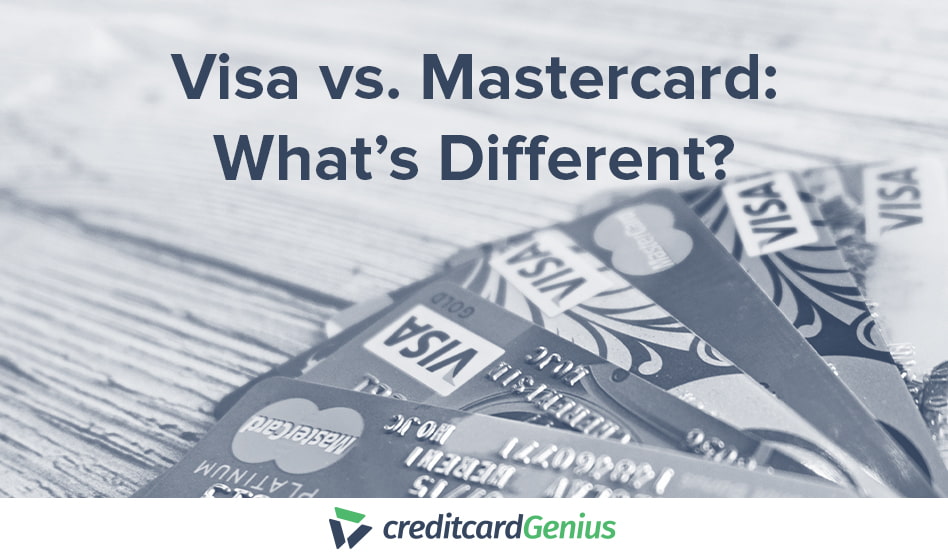

.png)






















Comments
Leave a comment
Required fields are marked with *. Your email address will not be published.